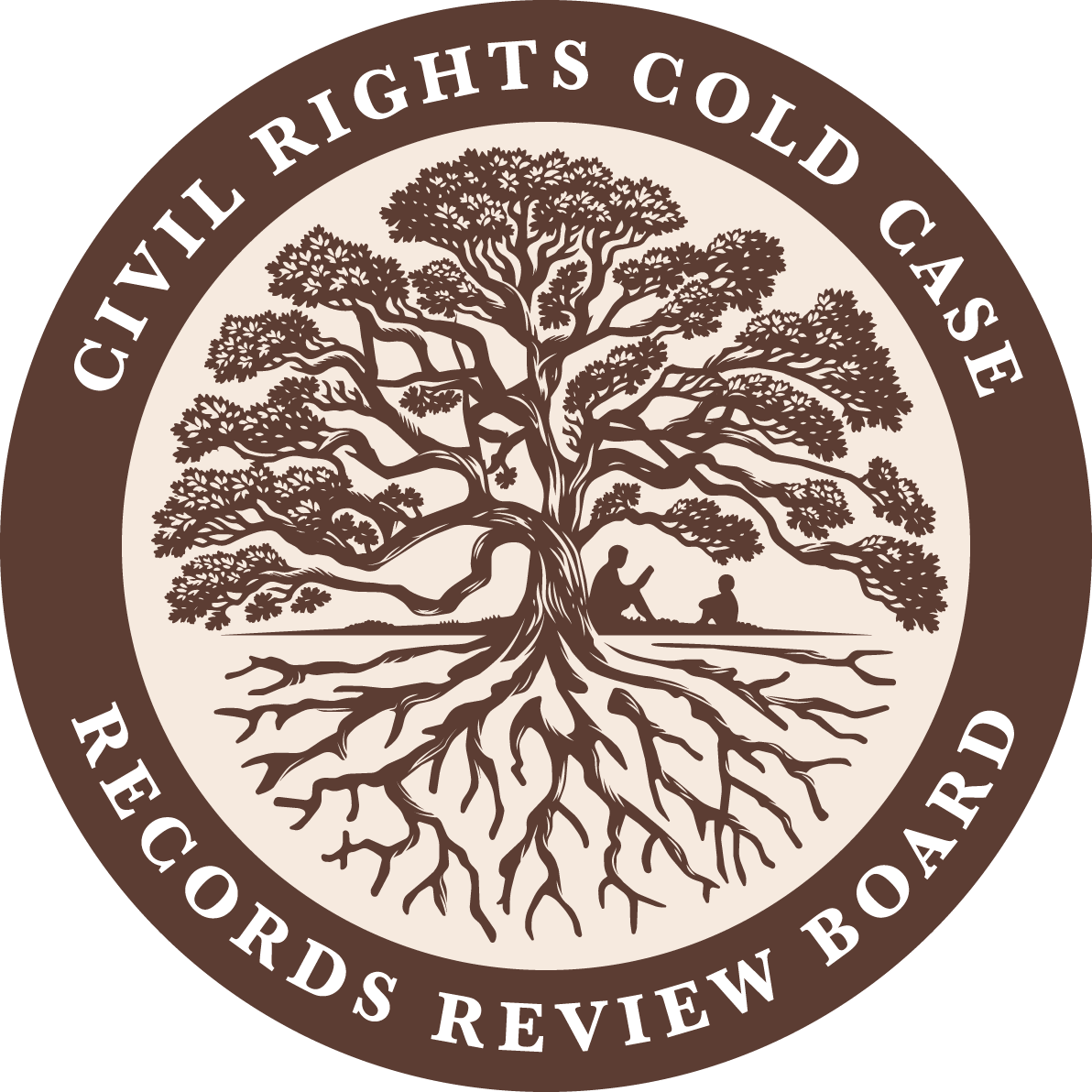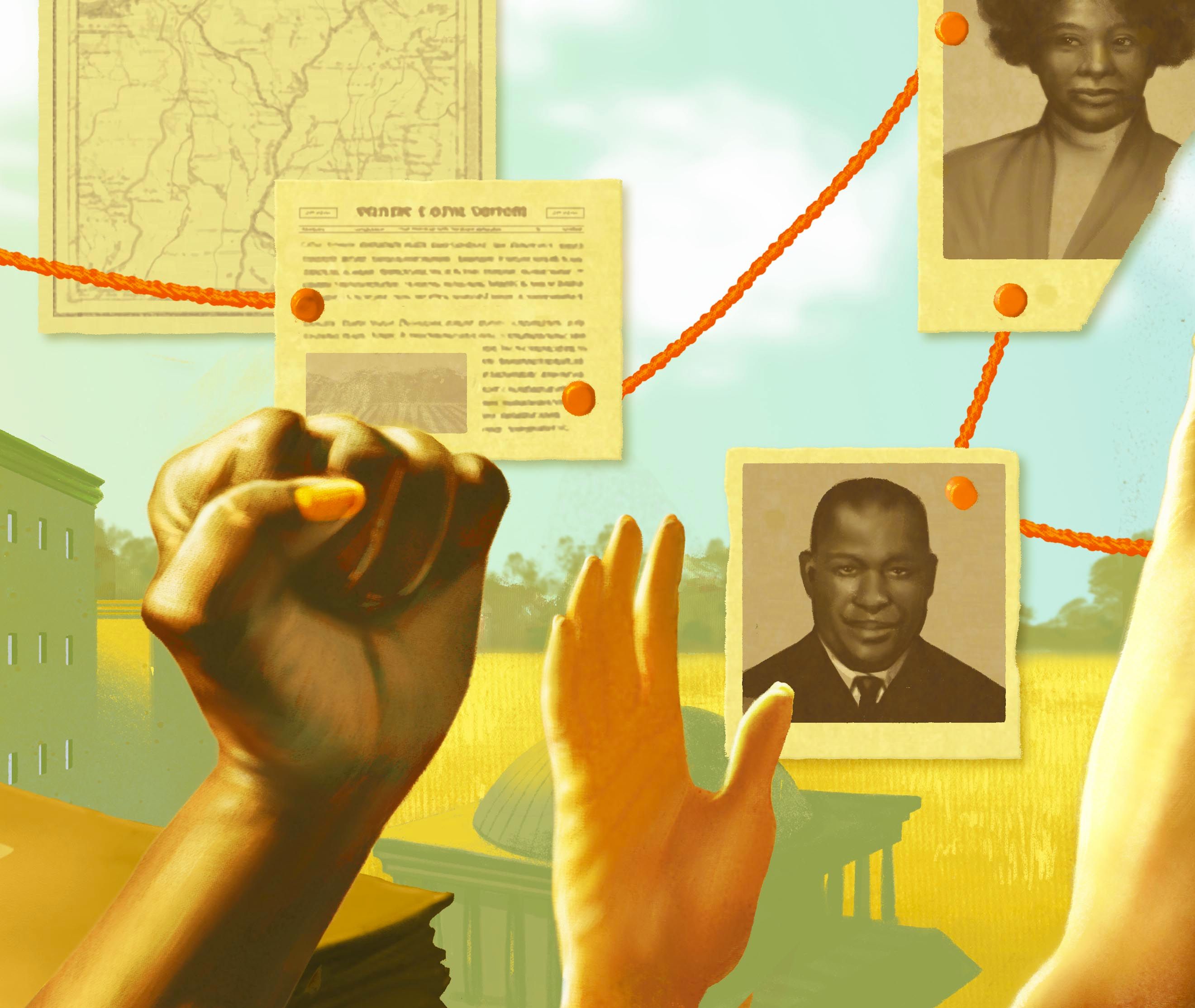
Who we are & what we do
The Civil Rights Cold Case Records Review Board is a nonpartisan panel of private citizens, appointed by the President, who are working to release the contents of federal investigations into unresolved cold cases from the civil rights era. In making these records publicly available, the goal is to provide a measure of clarity to relatives of victims, and also provide a more comprehensive picture of a dark chapter in our nation’s history. Find out more.
“After all this time, we might not solve every one of these cold cases, but my hope is that our efforts will, at the very least, help us find some long overdue healing and understanding of the truth.”
- Sen. Doug Jones, July 10, 2018, on the floor of the U.S. Senate
Newly released cases
-

Emmett Louis Till was a 14-year-old resident of Chicago, Illinois. He was raised by his mother, Mamie Till Bradley.
George Miller was a 35-year-old World War II veteran and Louisiana native who was living in Chicot County, Arkansas.
Timothy Hood was a 23-year-old native of Bessemer, Alabama. He was a Marine veteran of World War II.
“We have an obligation. We have a mission. We have a mandate. The blood of hundreds of innocent men and women is calling out to us.”
- Rep. John Lewis
Stay informed
To get updates, including notification of newly released cases, please join our email list.
Sign up




